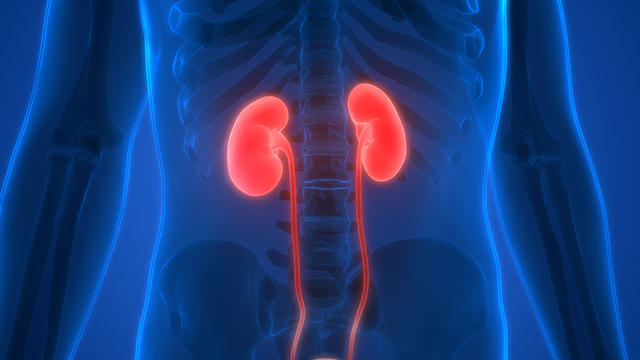New study debunks the common belief that Blacks have a higher diabetes risk than Whites – it all comes down to weight, for all of us
01/08/2018 / By Frances Bloomfield

There’s a long-held belief that African Americans are more prone to developing type-2 diabetes; yet a new study has turned that idea in on its head. Researchers from Northwestern University have discovered that various modifiable, biological factors like body mass index (BMI) and blood pressure can predispose one to this condition, not genetics. When not taken into consideration, the researchers found that African Americans and Caucasians are at equal risk of diabetes.
To come to this conclusion, the team sampled 4,251 black and white individuals from the Coronary Artery Risk Development in Young Adults (CARDIA) Study, an observational cohort study on cardiovascular disease. From 2015 to 2016, the researchers followed up the participants with health examinations and interviews to rack up an average follow-up of almost 30 years. Though none of the participants had diabetes during the beginning of the original study, 504 cases were reported by the end of it. Specifically, 189 white participants had type-2 diabetes, while 315 black participants were found to have the condition as well.
The researchers then identified and looked into modifiable risk factors for the disease. These included BMI, lung function, abdominal fat, lipids, and fasting glucose levels. When they took out these risk factors, the researchers found that black and white people were equally susceptible to type-2 diabetes.
Speaking of the results, senior study author Mercedes Carnethon remarked: “Obesity is driving these differences. The findings surprised us, because for the past 20 years there was a narrative that there must be something we haven’t found that was causing this higher rate.” (Related: Obesity-induced diabetes in the U.K. behind more than 160 amputations per WEEK; most die within 5 years.)
Carnethon added: “Blacks gained more weight over time. It was the accumulation of this and other risk factors that eliminated the so-called mysterious cause of the disparity.”
Although the researchers were able to refute the disparity, they acknowledged that reducing the rate of diabetes was too complex a problem. Psychosocial, behavioral, and socioeconomic factors all contributed to its convolution.
“To eliminate the higher rate of diabetes, everybody needs to have access to healthy foods, safe spaces for physical activity and equal economic opportunity to have enough money to afford these things and live in communities that offer this,” said lead study author Michael Bancks.
How to reduce the risk of type-2 diabetes
As per Healthline.com, there are all kinds of steps that can be taken to cut down on one’s weight and curb the risk of type-2 diabetes. These include:
- Reducing carbohydrate and sugar consumption — Both sugar and carbohydrates have been shown to amp up insulin levels. This can lead to type-2 diabetes over a period of time, so cutting back on the refined carbohydrates and sugars can significantly minimize the risk. This can also mean drinking mainly water instead of sugary beverages, and following a low-carbohydrate diet such as the ketogenic diet.
- Eating more fiber — In addition to helping people manage their weight, fiber can be beneficial in diabetes prevention as well. Fiber can inhibit blood sugar and insulin level spikes, which can in turn decrease the likelihood of acquiring type-2 diabetes later in life.
- Keeping an eye on portion sizes — Just like how too much carbohydrates and sugar can result in high insulin levels, eating too much food at a time can have the same effect. Lessening portion sizes is a good way around this, and should be practiced as much as possible.
Go to DiabetesScienceNews.com today for more studies and stories about how diabetes can be managed or prevented.
Sources include:
Tagged Under: body weight, diabetes, diet, health myths, insulin, lifestyle diseases, nutrition, obesity, preventing type 2 diabetes, prevention, Type 2 Diabetes




















